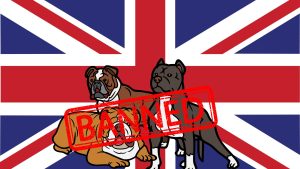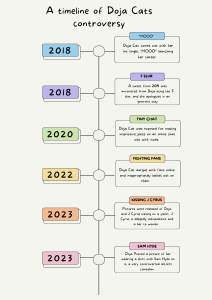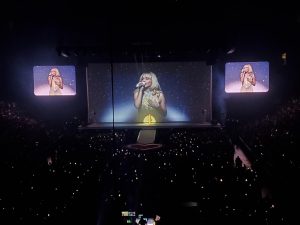Fake hearts appear here, there, and everywhere
February 11, 2016
As the Valentine’s Day season rolls around, the questions arise of why the real heart and the Valentine’s Day heart are not the same. There is no simple answer to this question because no one actually knows why there is a difference between the two hearts. However, there are many theories, such as the ones below, that attempt to explain why actual hearts and Valentine’s Day hearts do not look the same.
Theory 1: Silphium plant
One theory goes all the way back in the 1400’s in “the ancient African city-state of Cyrene. Merchants traded in the rare, and now extinct, plant silphium. The plant was used to season food, but doubled as a contraceptive. A silphium seedpod looks like a Valentine’s heart, so the shape became associated with love,” said Matt Soniak from Mentalfloss.com.
Theory 2: Two hearts sewn together
Some people think this iconic Valentine’s Day image came from two real hearts sewn together. This idea of the sewn hearts is suppose to symbolize two hearts coming together and, therefore, love. While little facts can be found to support this theory, it still warms hearts around the world.
Theory 3: The real heart
Another theory is that the Valentine’s Day image is just a prettier version of the real heart. If you have ever seen picture of an actual heart, it is bloody, raw, and completely unromantic. In the same sense, the fake heart that is a lot more romantic and pretty. However, if you look at the outline of both hearts, they are not actually that different; in fact, if you cut off the top of the real heart and add a bit to the sides to make them rounder, you see the image we now use on cards.









